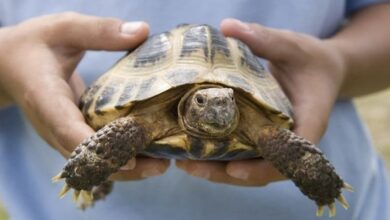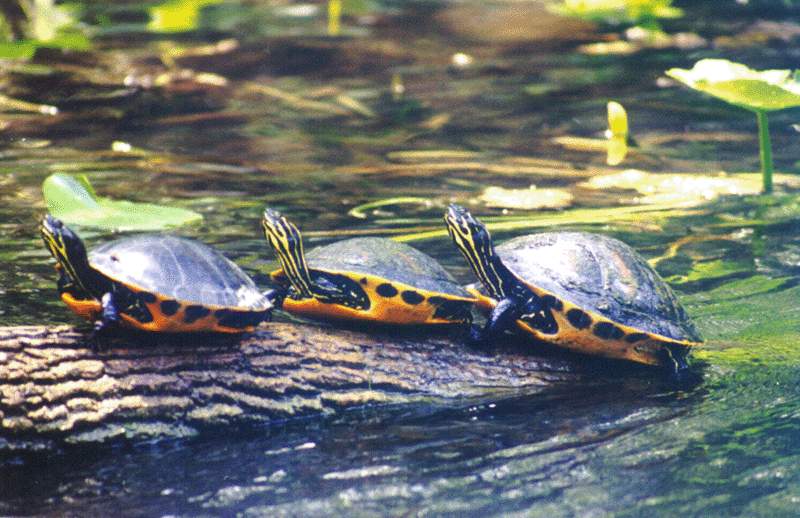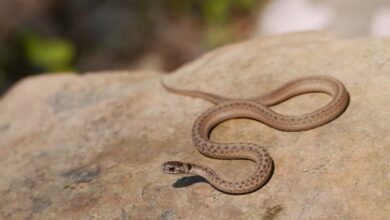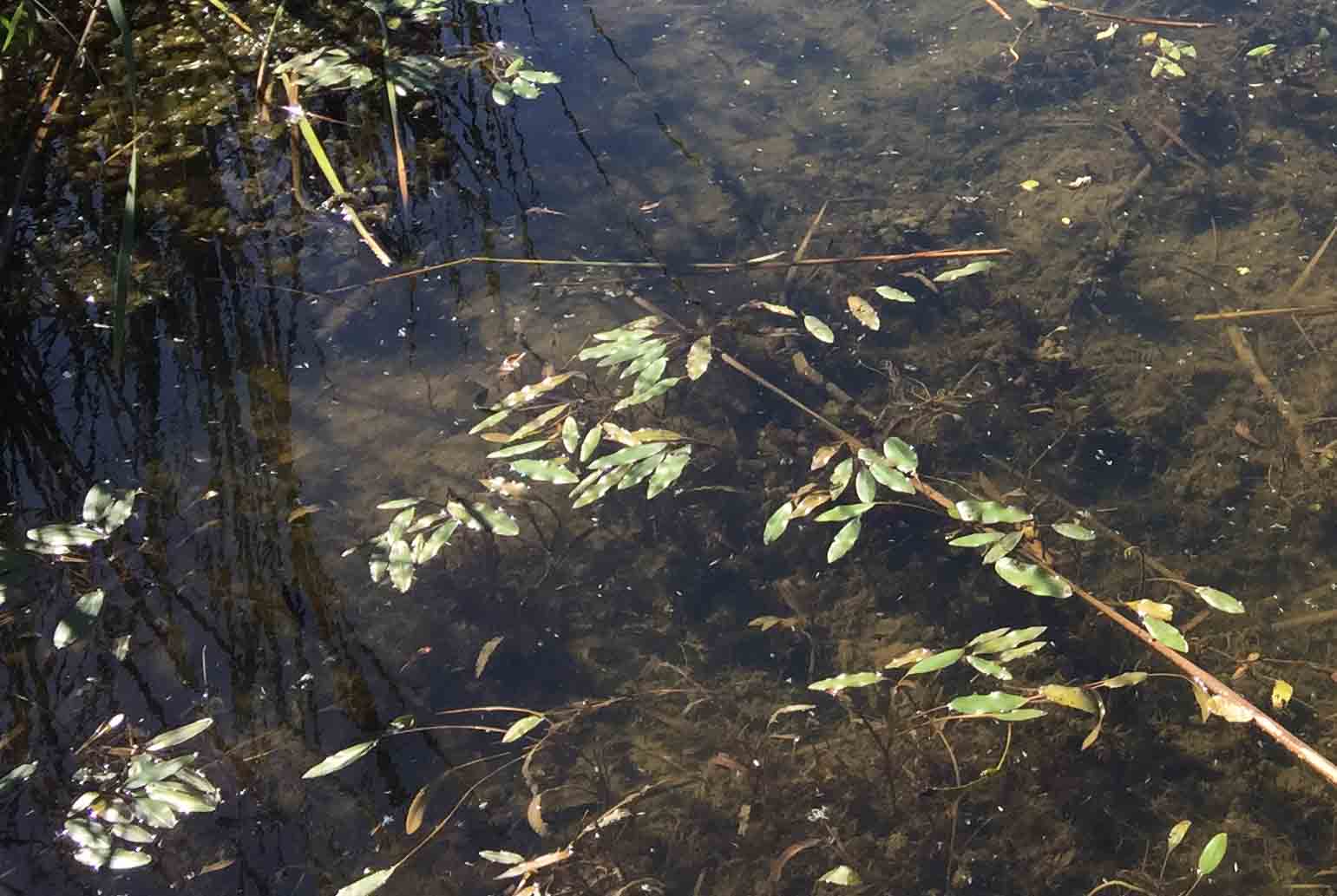Do you want to know how to look after a reptile?
Learning how to take care of reptiles is a tricky topic. Some reptiles thrive in a broad array of habitats, while others will not succeed unless the place is perfect. This overview will give you a general guide.
Table of Contents
ToggleFirst, it is important to know about the best captive environment for reptiles. All animals have a major habitat and a microhabitat. The major habitat is the general ecosystem where the animal lives, while the microhabitat is just a portion of this that reptiles use, including lifestyle and resources. Elements of microhabitat include daylight length, optimal temperature, water use, terrain use, and diet.
Five factors interact to create a perfect reptile habitat. Mimicking these five basic requirements, which are housing, temperature, lighting, humidity, and water, can ease you in taking care of reptiles.
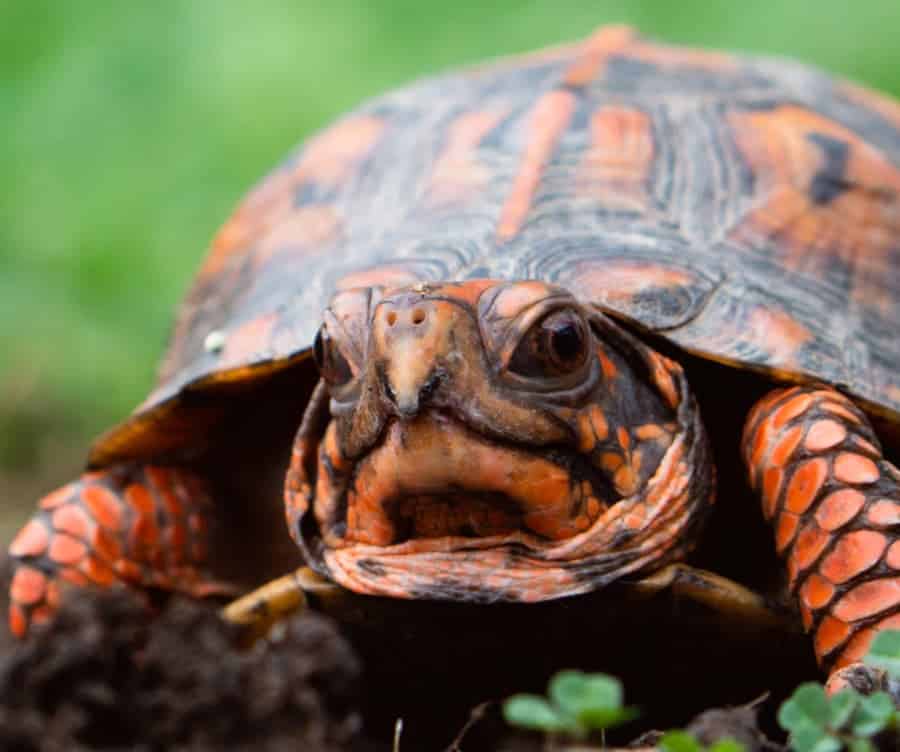
Housing
The housing includes cage, cage furniture, and substrate of your reptiles. The enclosure should look like your animal’s natural habitat. This should depend on the origin and habits of your pet reptile – arboreal, aquatic, desert, semi-aquatic, terrestrial, or tropical. For example, arboreal like tree boas, crested geckoes need a taller cage. For snakes, the terrarium circumference should be 1.5 times the snake’s length, and the enclosures should have secured doors and openings.
A proper substrate is also a requirement. It should be enriching, stress-relieving, safe, easy to clean, and appealing. Good substrates are newspaper, reptile carpet, fresh care litter, alfalfa pellets, and potting oil.
Temperature
Reptiles have a preferred optimal temperature zone. It is important that you set up an appropriate cage to maintain the temperature needed by your reptiles as well as to keep their natural circadian cycle habits (daytime and nighttime).
For this, choose the appropriate wattage bulb and adjust its distance to achieve the right temperature. Bulbs that emit a white light bulb must be turned off at night to provide a day-night cycle. Basking lights with UV-B lights are great for non-snake reptiles.
All reptile cages should have a thermal gradient within the cage so that the reptile can choose its temperature suited to its current needs.
Lighting
Light is important because it provides a day/night cycle and that it also helps to correct the reptiles’ calcium metabolism. The needs of UV or full spectrum light depends on the specie. For example, it is more critical for basking lizards and turtles than snakes.
Crepuscular and nocturnal reptiles are more efficient at converting Vitamin D3 than diurnal ones. The research said that reptiles could benefit from UV-B light when they are exposed to short durations of a 2% level.
Here are the artificial light bulbs recommended for providing UVB: fluorescent, mercury vapor, and metal halide. The mercury vapor lamp is the only bulb good at providing daylight, heat, and full spectrum light. Generally, these bulbs cost $60-70.
On the other hand, the metal halide lamps provide bright light and good UV-B output. These do not get very hot but can necessitate additional heat sources such as another light bulb or ceramic heat emitter. Lastly, fluorescent bulbs emit moderate amounts of UV-B and white light. These bulbs don’t provide much heat and are specially made for reptiles.
Other forms of light are natural light coming through windows and regular light bulbs. These are good for daylight, day/night, cycle, and heat but cannot fully function as a source of UV-A and UB-B light. These are not ideally recommended.
Humidity
Humidity is the amount of water that air can hold at a given temperature. When the temperature increases, the capacity of air to hold water vapor also increases,
Environments with less than 100% humidity can lead animals to lose water. Reptiles lose water through their eyes, fecal, respiration, salivary and nasal secretions, reproductive secretions, and ecdysis or shedding.
To minimize water loss, reptiles need to be most active during the times of the highest humidity. For example, they do burrow in leaf litter or sand, or move into crevices. General humidity guidelines for the major habitats are 45-65% of desert habitat, 55-70% for temperate habitat, and 60-80% for tropical habitat.
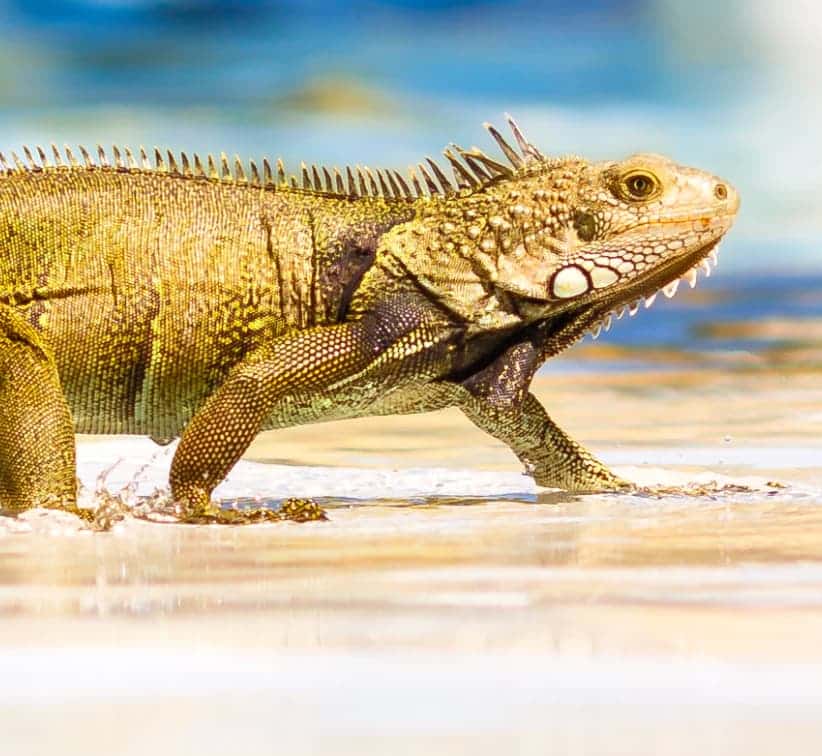
Nutrition
Reptiles can be carnivores, herbivores, and omnivores. It is important to know the details of the reptile species being cared for. For optimal nutrition, research each animal’s specific dietary needs. If possible, you can vary the food items you offer, as this can result in more rounded enjoyment and nutrition.
For example, snakes are with larger prey items and fed once every 5 to 14 days. However, they should not be fed before or during ecdysis. On the other hand, Aquatic turtles only eat in the water. Most typical reptiles should be fed daily, like lizards and turtles.
Water
Water is essential for all the reptiles. When taking care of aquatic turtles, water should be dechlorinated to prevent irritation to their eyes.
Chameleons and snakes need water to adapt to high humidity, which is a natural rain forest condition. This can be done through water misting. Most arboreal and terrestrial reptiles need a soak pit where they can enter and exit safely.

